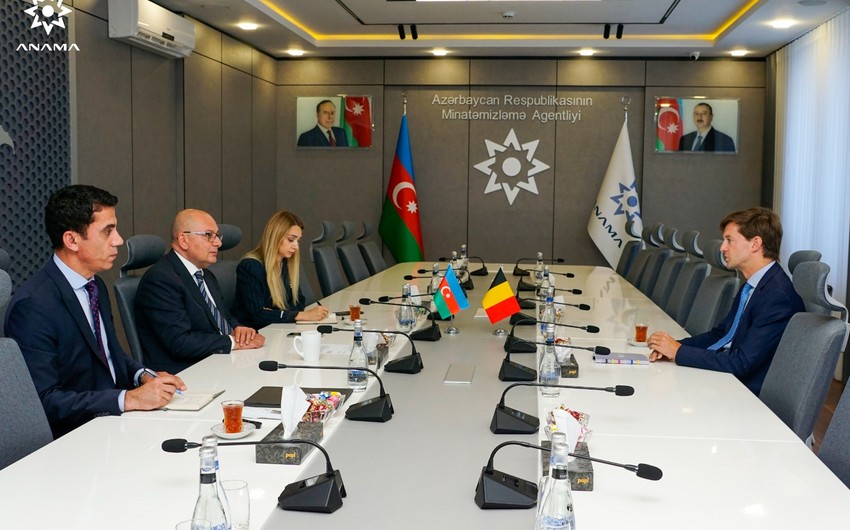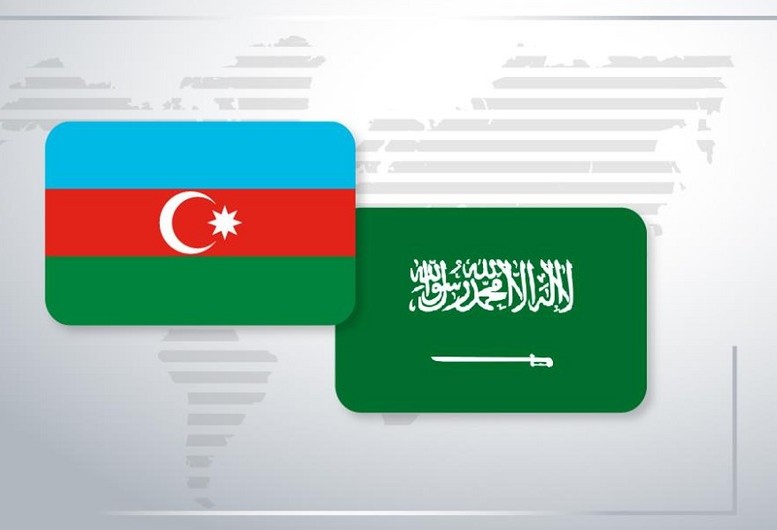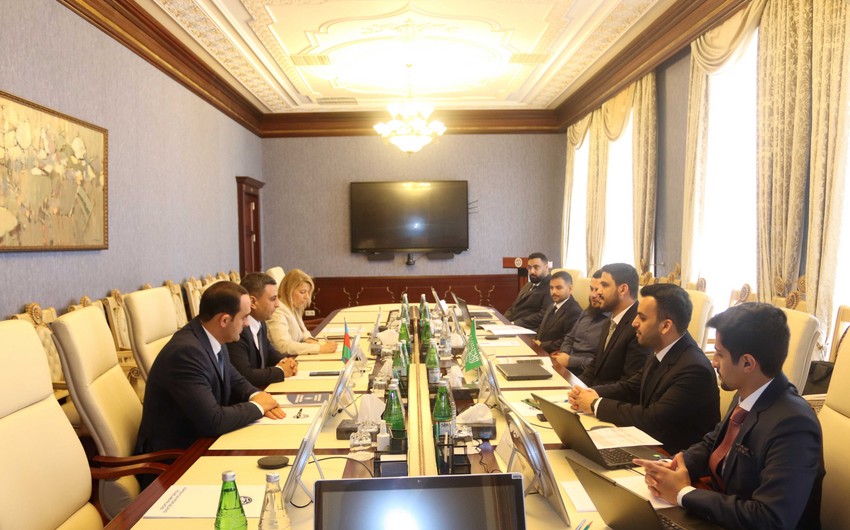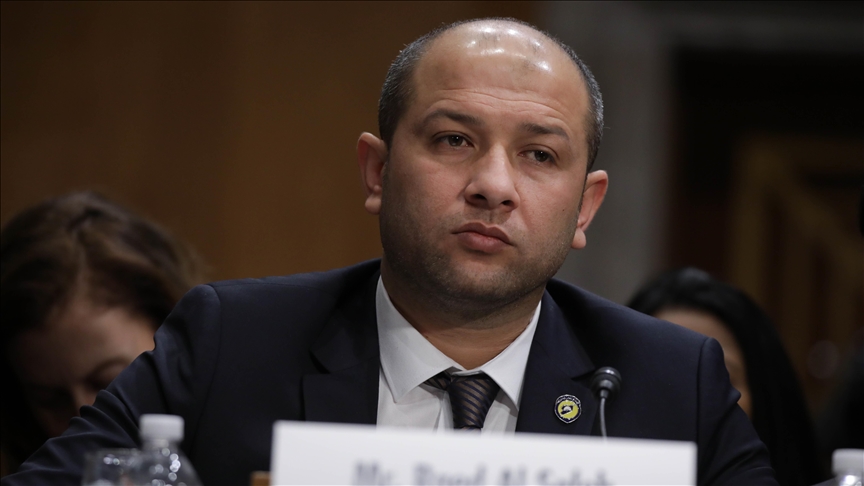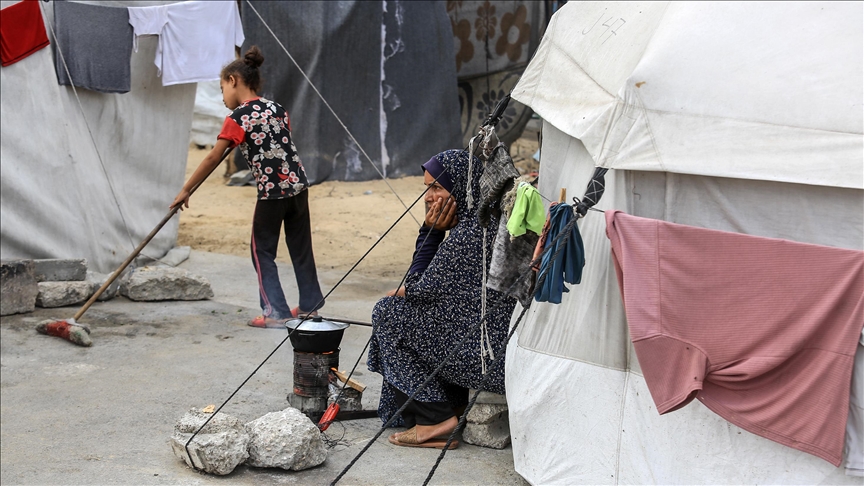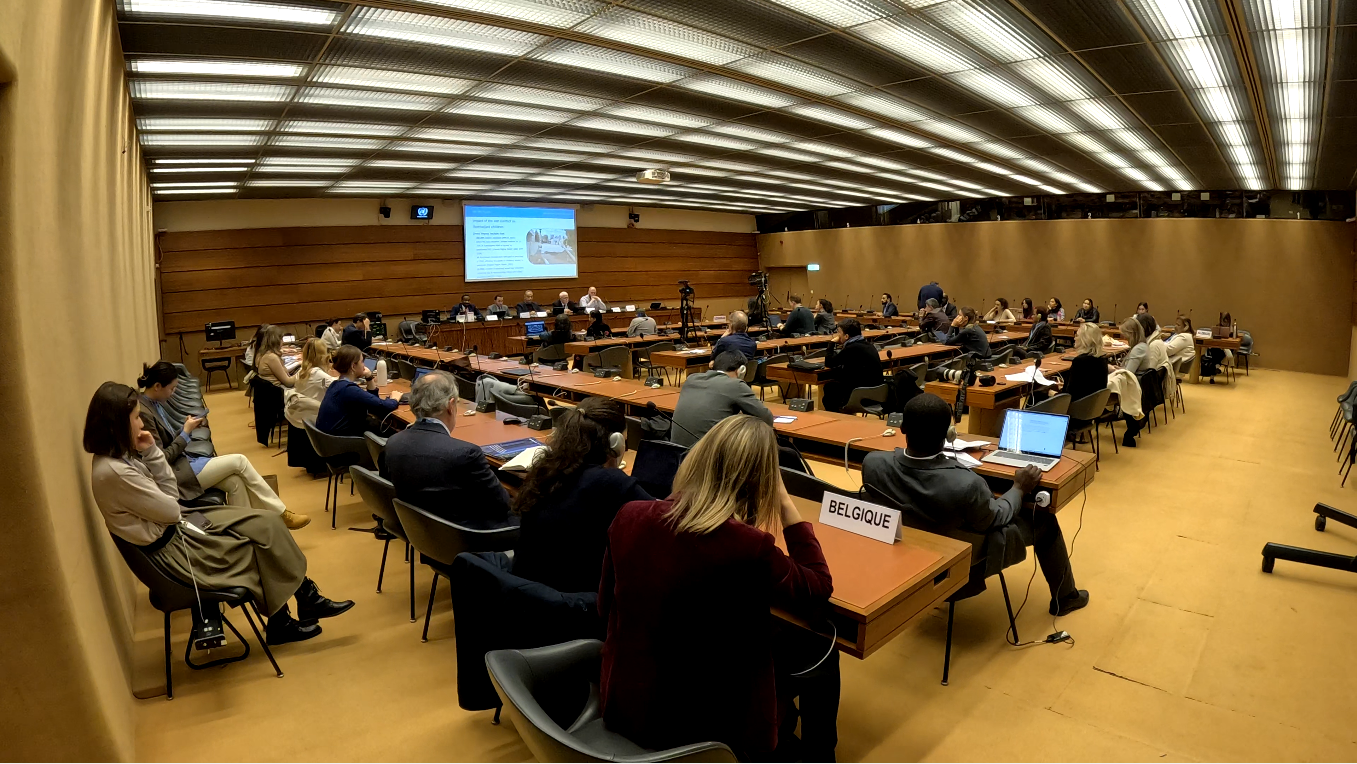According to EDnews, Assistant to the President of Azerbaijan and Head of the Foreign Policy Affairs Department of the Presidential Administration, Hikmet Hajiyev, made this statement during a panel titled “Middle Corridor: A New Geopolitical and Economic Lifeline” at the GLOBSEC 2025 forum.
Speaking about Azerbaijan’s vision regarding the Middle Corridor and its strategic perception, Hajiyev noted that, above all, the concept of a “route” holds a cultural and civilizational meaning for Azerbaijan:
“Historically, Azerbaijan was located along the ancient Silk Road and contributed to the dialogue of civilizations.
The second component is geography. We are situated at the crossroads of the East–West and North–South routes. However, after gaining independence, we realized that while these two elements are important, they are not sufficient.
We had to turn our geography and historical experience into new opportunities. Taking into account that Azerbaijan is a landlocked country, we aimed to transform this into overland connections. This marked the beginning of establishing Azerbaijan’s connectivity routes and the development of the East–West corridor.”
Hajiyev emphasized that Azerbaijan launched this process based on five or six key parameters:
“For us, this route is not merely a way to transport cargo from point A to point B.
First, we focused on energy connectivity and the creation of an energy corridor. This included the Baku–Tbilisi–Ceyhan and Baku–Tbilisi–Supsa pipelines, which connected the Caspian Sea with the Black and Mediterranean Seas.
The second component involves road infrastructure and land routes. We fulfilled our responsibility by constructing highways and motorways. But it is clear that having roads is not enough — cooperation with neighboring countries is also essential.
The third component concerns maritime routes. Through this, we connected the Caspian Sea with partners in Central Asia and emphasized that the Caspian is not a separating, but a connecting sea.
As a result, we are now linked to not just three, but four seas — the Caspian, Black, Mediterranean, and Adriatic Seas.”
Fatima Shukurova // EDnews


